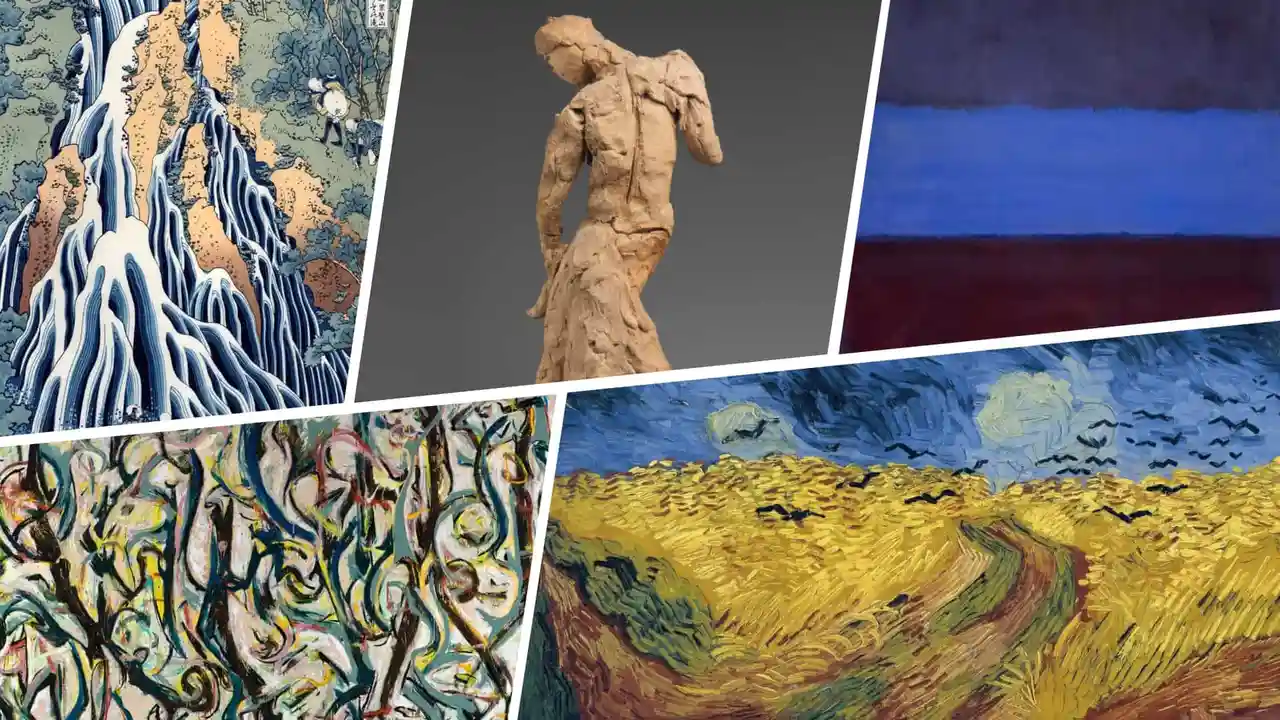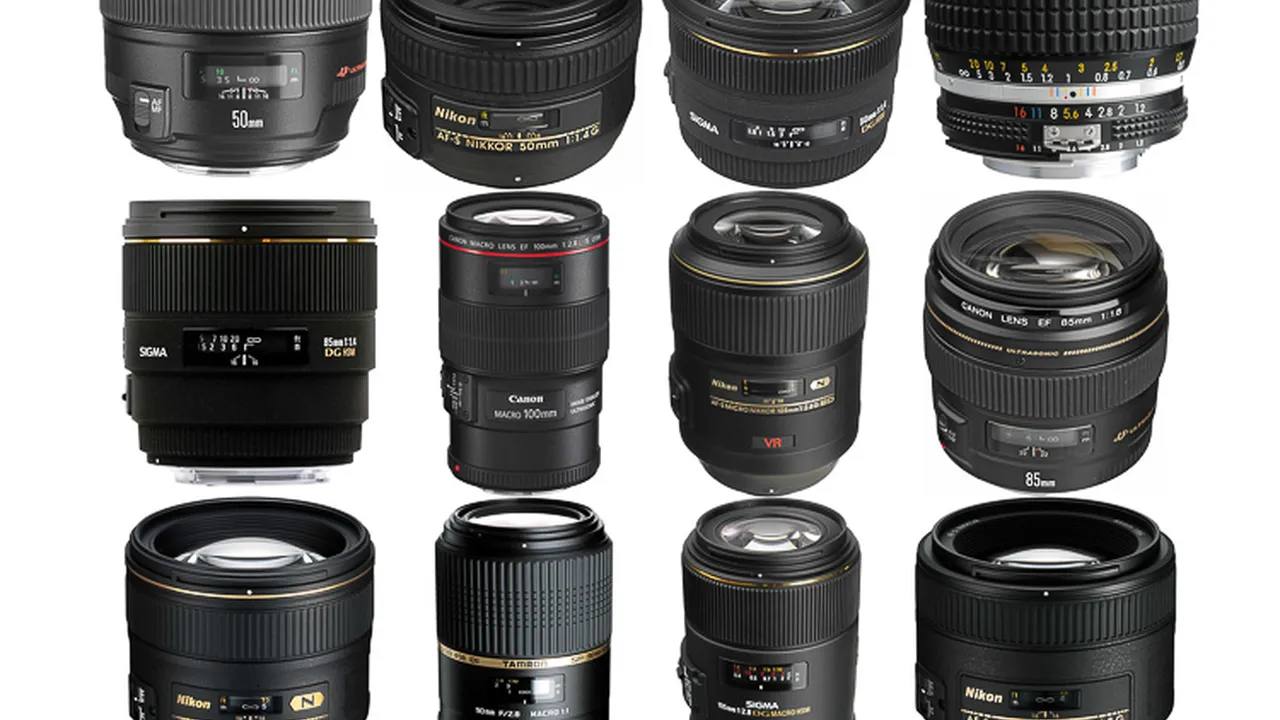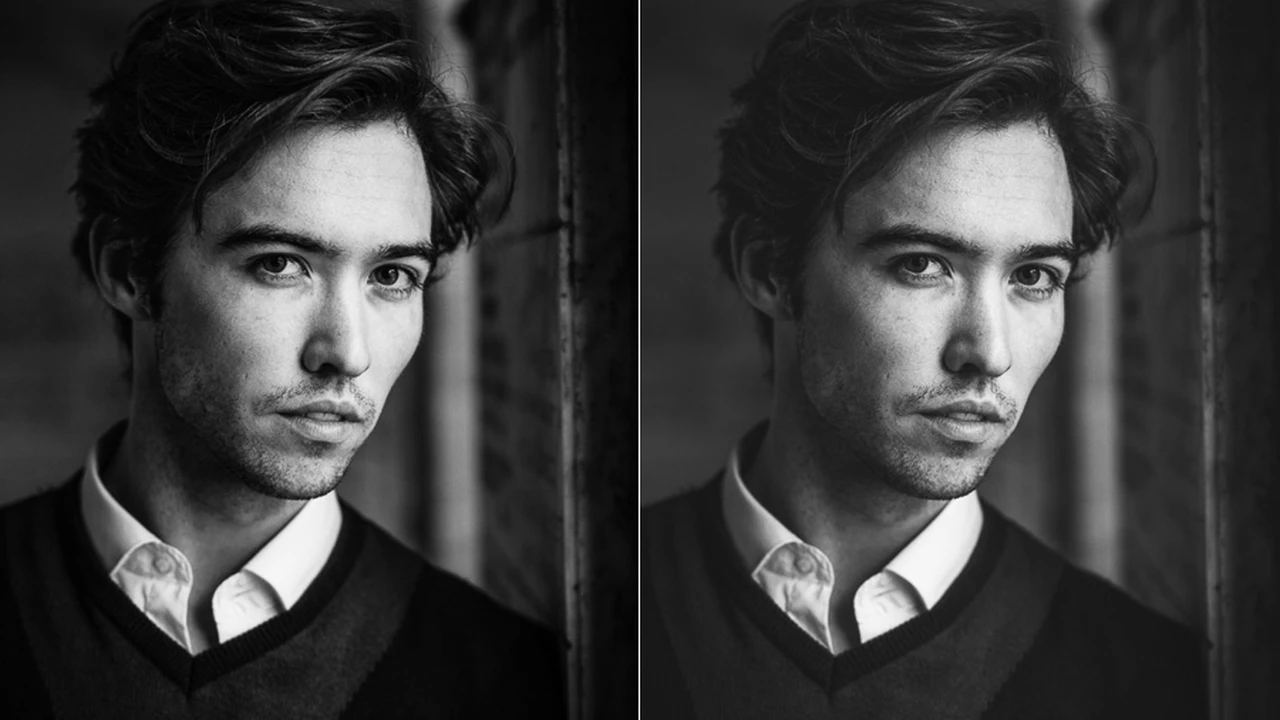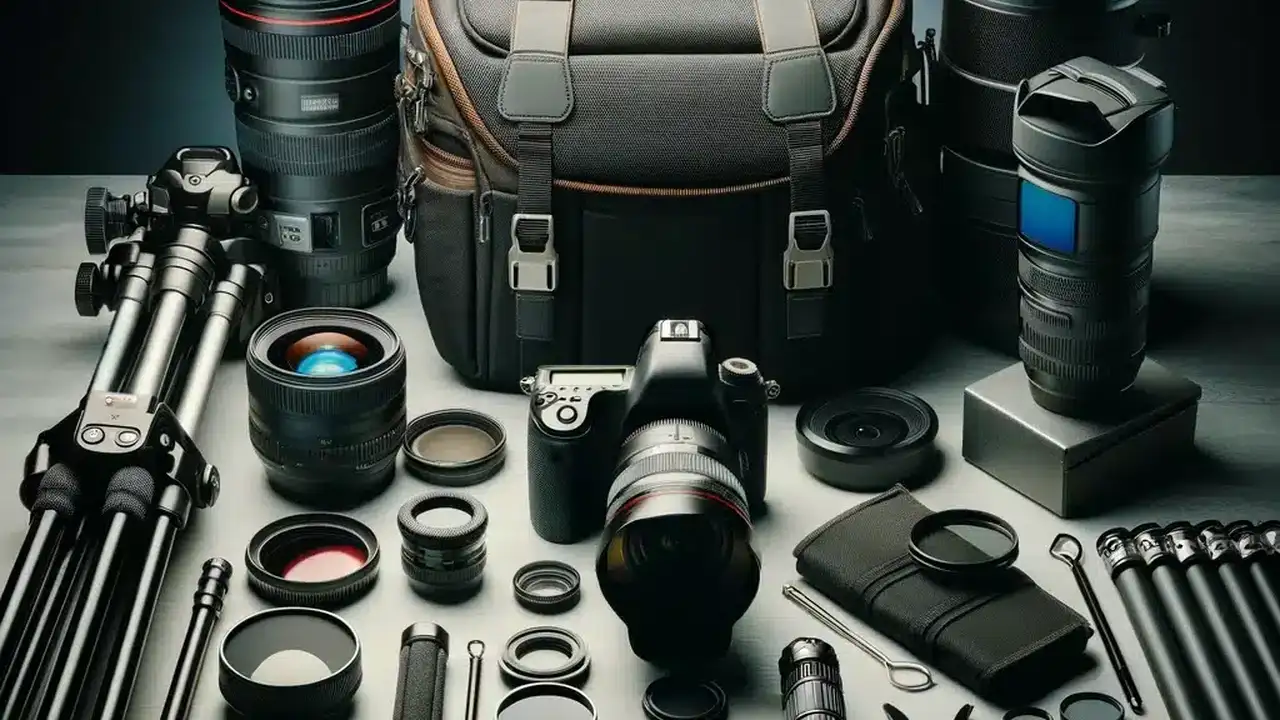Creating Movement in Your Compositions
Creating movement in a composition can transform a static image into a dynamic and engaging piece of art. This article explores various techniques for creating movement, focusing on leading lines, rhythm, implied motion, and manipulating perspective to guide the viewer's eye. We'll also delve into gear recommendations and usage scenarios to enhance your photographic storytelling.

Leading Lines: Guiding the Viewer's Eye with Composition Techniques
Leading lines are a fundamental composition technique used to direct the viewer's eye through the image. They can be natural elements like rivers, roads, or fences, or man-made structures like bridges or buildings. The key is to position these lines strategically to draw the viewer into the scene and lead them to the main subject or focal point. Think of them as visual pathways that create a sense of depth and movement.
For example, a winding road leading towards a distant mountain range can create a strong sense of depth and draw the viewer's eye towards the mountains. Similarly, a series of posts leading towards a barn can guide the viewer through the scene and highlight the barn as the main subject. Experiment with different angles and perspectives to maximize the impact of your leading lines.
Gear Recommendation: Wide-Angle Lens A wide-angle lens (e.g., 16-35mm) is excellent for emphasizing leading lines, especially in landscape photography. It allows you to capture a wider field of view and exaggerate the perspective, making leading lines appear more dramatic and prominent. The Sony FE 16-35mm f/2.8 GM is a top-tier choice, priced around $2,200. The Tamron 17-28mm f/2.8 Di III RXD is a more budget-friendly option at around $900.
Usage Scenario: Landscape Photography When shooting landscapes, look for natural or man-made elements that can serve as leading lines. Rivers, fences, roads, or even lines of trees can be used to guide the viewer's eye through the scene. Experiment with different angles and perspectives to find the most effective composition.
Rhythm and Repetition: Establishing Visual Flow in Your Photography Composition
Rhythm and repetition involve using repeating elements within a composition to create a sense of visual flow and movement. This can be achieved through repeating shapes, colors, patterns, or even subjects. The key is to create a consistent pattern that the viewer's eye can follow, leading them through the image in a predictable and engaging way.
For example, a row of trees, a series of arches, or even a group of people can create a sense of rhythm and repetition. The spacing between the elements is also important. Consistent spacing can create a sense of order and predictability, while varying the spacing can create a more dynamic and unpredictable effect.
Gear Recommendation: Telephoto Lens A telephoto lens (e.g., 70-200mm) can be useful for isolating repeating elements and creating a sense of compression. This can be particularly effective when shooting distant subjects or when you want to emphasize the pattern of repetition. The Canon EF 70-200mm f/2.8L IS III USM is a professional-grade lens, costing approximately $2,800. The Sigma 70-200mm f/2.8 DG OS HSM Sports is a viable alternative priced around $1,500.
Usage Scenario: Architectural Photography Architectural photography often provides opportunities to capture rhythm and repetition in the form of windows, columns, or other architectural details. Look for patterns and repeating elements that can be used to create a sense of visual flow.
Implied Motion: Suggesting Movement Through Compositional Elements
Implied motion is the technique of suggesting movement within a still image. This can be achieved through various compositional elements, such as blur, diagonal lines, and the placement of subjects within the frame. The goal is to create a sense of dynamism and energy, even though the image is static.
For example, blurring a moving object can create a sense of speed and motion. Diagonal lines can also suggest movement, as they tend to lead the eye in a particular direction. The placement of a subject within the frame can also imply motion. For example, placing a runner near the edge of the frame can suggest that they are moving towards the edge.
Gear Recommendation: Neutral Density (ND) Filter An ND filter reduces the amount of light entering the lens, allowing you to use slower shutter speeds to create motion blur, even in bright conditions. This is essential for capturing implied motion in scenes with moving subjects like waterfalls or cars. A good variable ND filter, like the PolarPro Peter McKinnon Edition II VND 2-5 Stop, costs around $300.
Usage Scenario: Sports Photography In sports photography, implied motion is crucial for capturing the energy and excitement of the event. Use slow shutter speeds to blur the moving athletes, conveying a sense of speed and dynamism.
Perspective Manipulation: Enhancing Movement Through Compositional Choices
Manipulating perspective can significantly impact the feeling of movement within a composition. Using techniques like forced perspective or choosing unique vantage points can create a sense of depth and dynamism. Low angles can make subjects appear larger and more imposing, while high angles can provide a broader view of the scene.
For example, shooting from a low angle can make a tall building appear even taller and more imposing, creating a sense of vertical movement. Similarly, shooting from a high angle can provide a broader view of a landscape, creating a sense of depth and scale.
Gear Recommendation: Tripod A tripod is essential for maintaining stability when shooting from low or high angles, or when using slow shutter speeds. It allows you to carefully compose your shot and avoid camera shake, ensuring sharp and clear images. The Peak Design Travel Tripod (Carbon Fiber) is a popular choice, priced around $600. A more affordable option is the Manfrotto BeFree Advanced Travel Tripod, at around $200.
Usage Scenario: Urban Photography Urban environments offer numerous opportunities to manipulate perspective and create a sense of movement. Experiment with different angles and vantage points to capture the dynamism of the city.
Focal Length and Movement: How Lens Choice Affects Compositional Flow
The choice of focal length significantly influences how movement is perceived within a composition. Wide-angle lenses tend to exaggerate perspective and create a sense of depth, while telephoto lenses compress perspective and isolate subjects. Understanding how different focal lengths affect movement can help you make more informed compositional choices.
For example, a wide-angle lens can be used to emphasize leading lines and create a sense of depth in a landscape scene. A telephoto lens can be used to isolate a moving subject and create a sense of intimacy in a portrait.
Gear Recommendation: Prime Lenses Investing in a few prime lenses (e.g., 35mm, 50mm, 85mm) can significantly improve your understanding of focal length and its impact on composition. Prime lenses typically offer superior image quality and wider apertures, allowing for more creative control over depth of field. The Sony FE 50mm f/1.8 is a budget-friendly option at around $250, while the Sony FE 35mm f/1.4 GM is a high-end choice priced around $1,600.
Usage Scenario: Street Photography Street photography often requires quick and decisive compositional choices. Experiment with different focal lengths to find the best way to capture the movement and energy of the street.
Shutter Speed and Motion: Freezing or Blurring for Dynamic Effect
Shutter speed plays a crucial role in capturing movement. Fast shutter speeds freeze motion, capturing sharp details of moving subjects. Slow shutter speeds blur motion, creating a sense of speed and dynamism. The choice of shutter speed depends on the desired effect and the speed of the moving subject.
For example, a fast shutter speed (e.g., 1/1000s) can be used to freeze the action in sports photography. A slow shutter speed (e.g., 1/30s) can be used to blur the movement of water in a waterfall.
Gear Recommendation: Image Stabilization (IS) Lens An image stabilization (IS) lens helps to reduce camera shake, allowing you to use slower shutter speeds without blurring the image. This is particularly useful when shooting in low light or when using telephoto lenses. The Nikon AF-S NIKKOR 24-70mm f/2.8E ED VR is a professional-grade lens with excellent image stabilization, costing around $2,400. The Tamron 24-70mm f/2.8 Di VC USD G2 is a more affordable option at around $1,200.
Usage Scenario: Waterfall Photography Waterfall photography is a classic example of using slow shutter speeds to create motion blur. Use a tripod and an ND filter to achieve smooth, silky water effects.
Color and Contrast: Using Visual Elements to Enhance the Feeling of Movement
Color and contrast can also contribute to the feeling of movement within a composition. Bright, vibrant colors tend to attract the eye and create a sense of energy, while contrasting colors can create visual tension and dynamism. Using color effectively can enhance the overall impact of your images.
For example, using a splash of red in a predominantly blue scene can draw the viewer's eye and create a sense of excitement. Similarly, using contrasting colors like black and white can create a strong visual impact and emphasize the shapes and forms within the composition.
Gear Recommendation: Calibrated Monitor A calibrated monitor ensures accurate color representation, allowing you to make informed decisions about color and contrast during post-processing. The BenQ SW270C is a popular choice among photographers, priced around $800. Calibration devices like the X-Rite i1Display Studio, priced around $270, are a must for color-critical work.
Usage Scenario: Street Photography Street photography often provides opportunities to capture interesting color combinations and contrasts. Look for scenes with vibrant colors and strong contrasts to create visually compelling images.
Cropping and Framing: Directing the Viewer's Gaze with Compositional Tools
Cropping and framing are powerful tools for directing the viewer's gaze and creating a sense of movement. Cropping can be used to emphasize certain elements within the scene and eliminate distractions, while framing can be used to create a sense of depth and context. The key is to use these tools strategically to guide the viewer's eye and create a more engaging composition.
For example, cropping a portrait tightly around the subject's face can emphasize their expression and create a sense of intimacy. Framing a landscape with trees or buildings can create a sense of depth and context.
Gear Recommendation: Photo Editing Software Photo editing software like Adobe Photoshop or Lightroom allows you to fine-tune your cropping and framing during post-processing. These tools provide precise control over the composition and allow you to experiment with different cropping options. Adobe Creative Cloud Photography plan starts at around $10 per month.
Usage Scenario: Post-Processing Workflow Cropping and framing are essential steps in the post-processing workflow. Use these tools to refine your compositions and create a more polished and professional look.
:max_bytes(150000):strip_icc()/277019-baked-pork-chops-with-cream-of-mushroom-soup-DDMFS-beauty-4x3-BG-7505-5762b731cf30447d9cbbbbbf387beafa.jpg)






